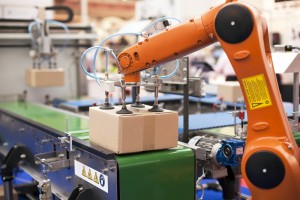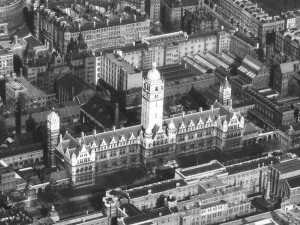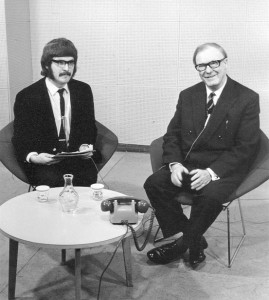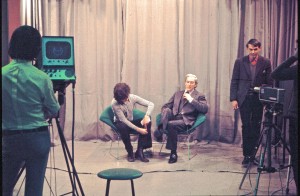
Eric Laithwaite was the first person to present the Royal Institution Christmas Lectures on television in 1966 on BBC2 (in black and white). The New Scientist photo below is the front cover from December 1966 previewing the forthcoming lecture series. That lecture series was called The Engineer in Wonderland. In my previous blog on Eric Laithwaite you will find references to both that lecture series and also the second series he was asked to give in 1974. I was present at some of the lectures in both of those years. Now, the Royal Institution has made available, via their web site, all (except lecture 6 “gyros” it seems) of the 1974 Christmas Lecture series The Engineer Through the Looking Glass. For those interested, it’s a treat to see him at his best, in front of a live audience! You will see below a list of the six lectures in that series.
 You may recall that there was some controversy over the content of lecture six where Eric Laithwaite demonstrated his theories of gyroscopes and how he thought he may have found that gyroscopes violated the law of conservation of energy. It appears that Laithwaite was waiting for the sixth and final lecture with something new and controversial, possibly breaking these laws of science. I have recently found the BBC archive pages of past editions of Radio Times. In them, I found the references and listing for the 1966 RI Christmas Lectures (The Engineer in Wonderland), the first to be televised and also given by Eric Laithwaite. The listing for the sixth and final lecture is interesting. Although I was actually present at that lecture I don’t remember the content, but the listing reference is very, very interesting it reads “Professor Laithwaite tries a completely new experiment which he hopes will break one of the laws of science. All the text books say it cannot be done. Will the experiment succeed?“. So, here we are again in 1974 with the sixth and final lecture (It’s my own invention) and once again Eric Laithwaite is trying something new, controversial and possibly breaking the laws of science in the process, is this a repeat of his idea from 1966? I must admit I hadn’t realised this until now! Maybe only he remembered the wording from that 1966 lecture? We’ll never know….
You may recall that there was some controversy over the content of lecture six where Eric Laithwaite demonstrated his theories of gyroscopes and how he thought he may have found that gyroscopes violated the law of conservation of energy. It appears that Laithwaite was waiting for the sixth and final lecture with something new and controversial, possibly breaking these laws of science. I have recently found the BBC archive pages of past editions of Radio Times. In them, I found the references and listing for the 1966 RI Christmas Lectures (The Engineer in Wonderland), the first to be televised and also given by Eric Laithwaite. The listing for the sixth and final lecture is interesting. Although I was actually present at that lecture I don’t remember the content, but the listing reference is very, very interesting it reads “Professor Laithwaite tries a completely new experiment which he hopes will break one of the laws of science. All the text books say it cannot be done. Will the experiment succeed?“. So, here we are again in 1974 with the sixth and final lecture (It’s my own invention) and once again Eric Laithwaite is trying something new, controversial and possibly breaking the laws of science in the process, is this a repeat of his idea from 1966? I must admit I hadn’t realised this until now! Maybe only he remembered the wording from that 1966 lecture? We’ll never know….
Lecture 1
LOOKING GLASS HOUSE
Lecture 2
TWEEDLEDUM AND TWEEDLEDEE
Lecture 3
JAM YESTERDAY, JAM TOMORROW
Lecture 4
THE JABBERWOCK
Lecture 5
THE TIME HAS COME THE WALRUS SAID
Lecture 6
ITS MY OWN INVENTION
Colin Grimshaw January 2014 (revised December 2022)













